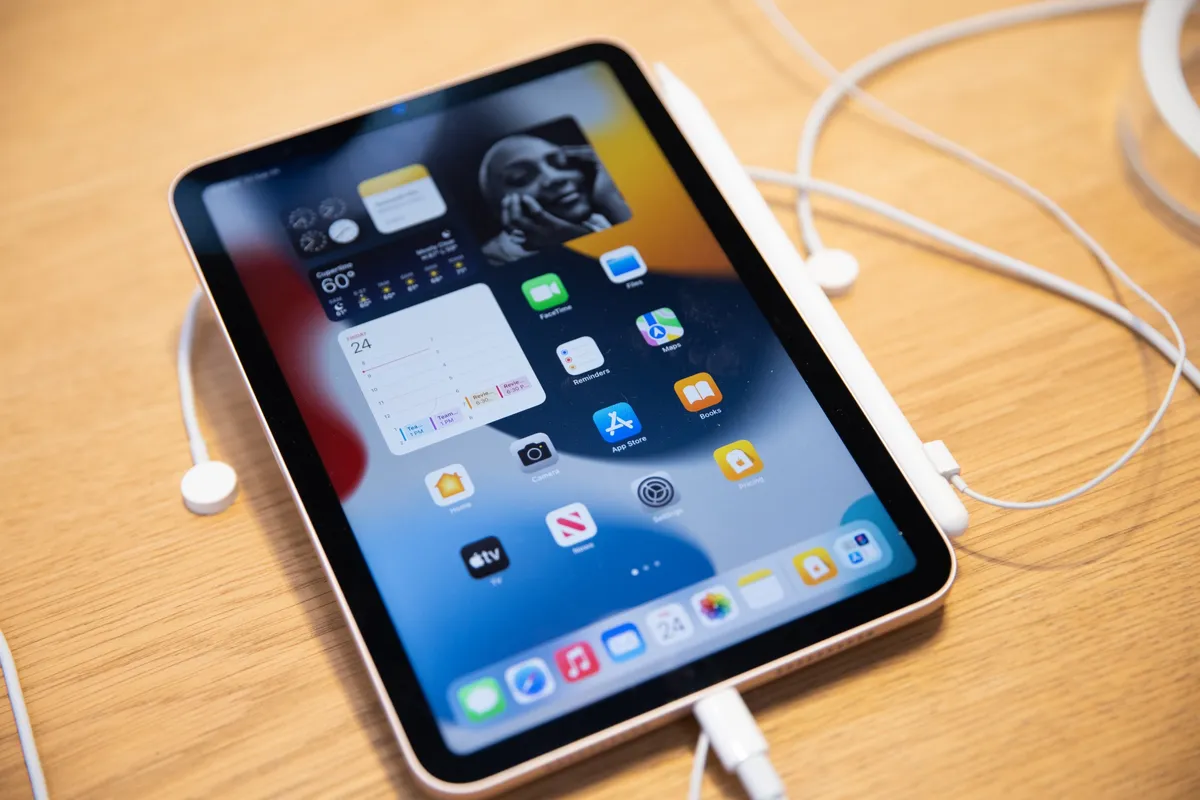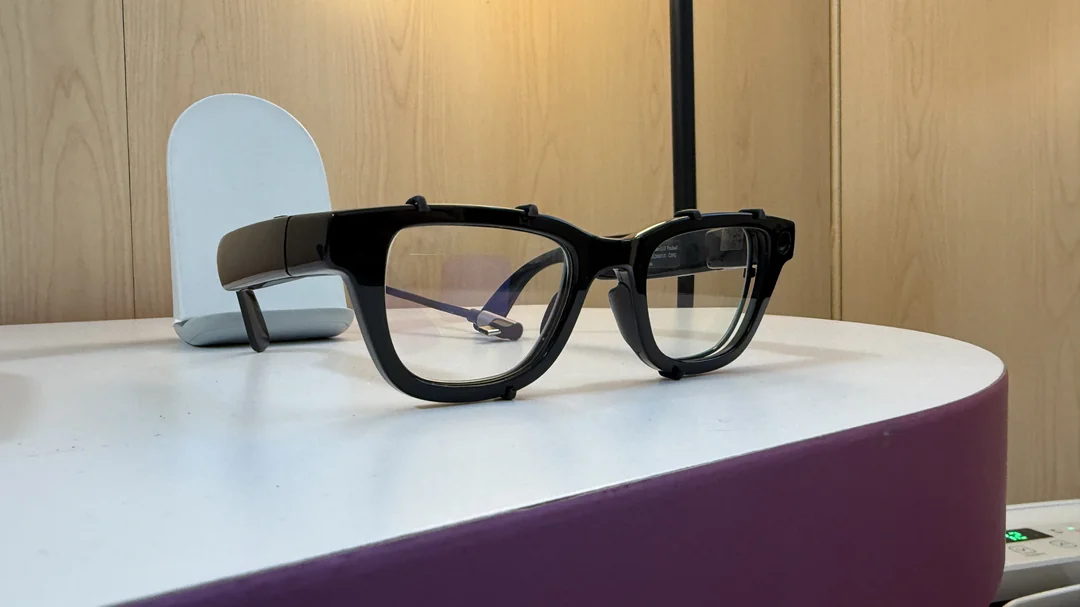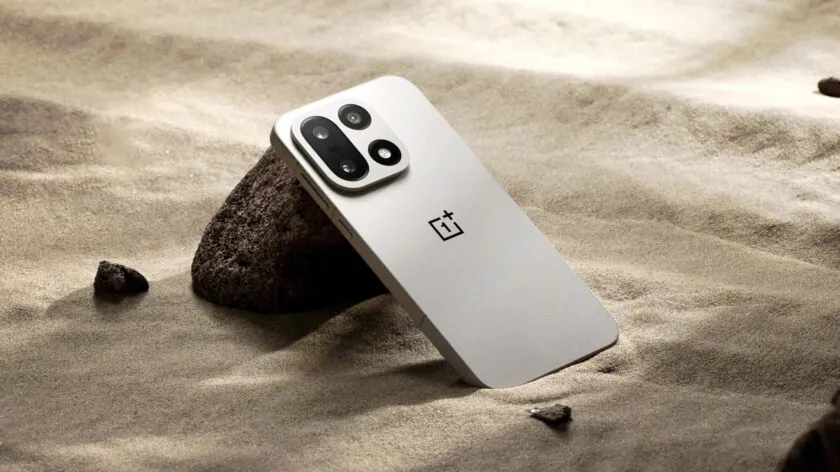Apple is reportedly preparing to give several of its most popular devices a major technological upgrade, including the iPad Mini, iPad Air, and MacBook Air. The company is said to be transitioning these products to OLED display technology while exploring enhanced water resistance — a move that could significantly boost performance, durability, and visual quality across its lineup.
A Major Leap for the iPad Mini
The iPad Mini appears to be first in line for the OLED treatment, with sources suggesting a release window around 2026. The compact tablet will likely receive a refreshed design featuring slimmer bezels, a brighter screen, and potentially a more rugged chassis. Water resistance, a first for Apple’s iPad line, could make the device better suited for on-the-go users and outdoor conditions.
OLED technology will deliver sharper contrast, deeper blacks, and improved energy efficiency compared to traditional LCD screens. These upgrades are expected to bring the iPad Mini closer in performance to the iPad Pro, which already uses advanced display technology.
iPad Air and MacBook Air to Follow
Apple’s plans for the iPad Air suggest a similar display transition, though the rollout may not happen until 2027 or later. This timeline gives Apple room to refine its OLED production strategy while keeping the Air model competitively priced.
For the MacBook Air, the shift to OLED is expected even further down the line — possibly around 2028. While the MacBook Pro already boasts high-end display technology, bringing OLED to the Air would give Apple’s most popular laptop a major visual and performance boost, especially for students, creatives, and professionals seeking portability without compromise.
Why OLED Matters
OLED (organic light-emitting diode) panels have long been praised for their superior display quality. Unlike LCDs, which rely on backlighting, OLED pixels light up individually, producing richer colors, higher contrast ratios, and better power efficiency. The result is a more immersive experience for watching movies, editing photos, or simply browsing.
For Apple, adopting OLED across more product lines also aligns with its broader sustainability goals. OLED displays consume less energy, which supports longer battery life and contributes to reduced environmental impact.
The Push for Durability and Design Excellence
The potential addition of water resistance signals a growing emphasis on durability in Apple’s design philosophy. While iPhones and Apple Watches already feature strong protection against moisture and dust, bringing this capability to the iPad and MacBook lineup would represent a new level of resilience for Apple’s computing devices.
Combined with aluminum chassis refinements and advanced cooling solutions, these updates could make future iPads and MacBooks both tougher and more efficient than ever.
Looking Ahead
The transition to OLED and enhanced durability won’t happen all at once. Apple’s rollout strategy suggests a gradual evolution rather than a sudden overhaul, allowing it to manage production costs and ensure component supply stability.
Still, these upcoming upgrades reinforce Apple’s ongoing push to merge premium features with accessibility. By extending OLED technology and design improvements beyond its high-end “Pro” devices, Apple is signaling that the future of its mainstream lineup will be more vibrant, durable, and efficient than ever.
















Leave a Reply